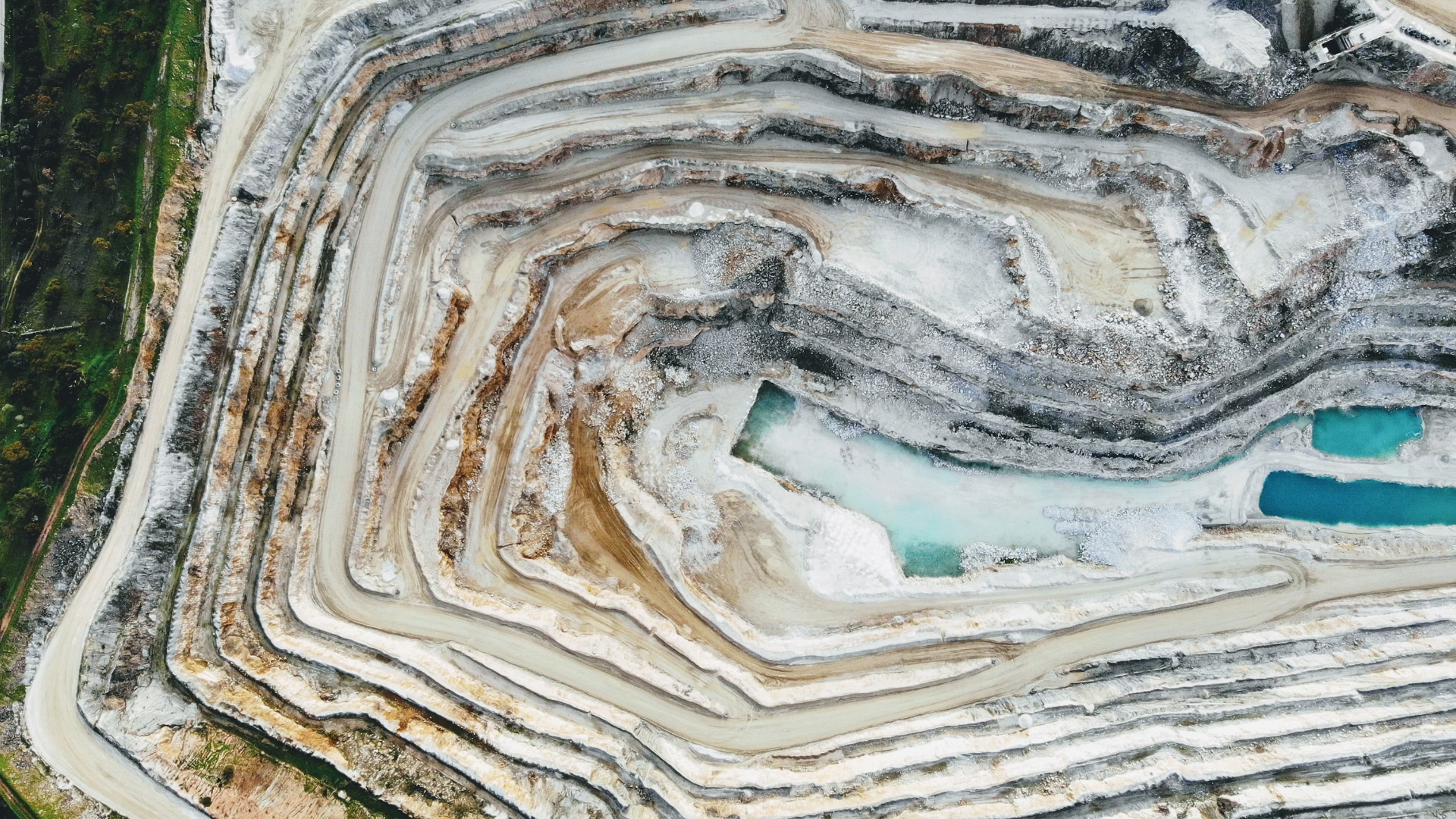The Food and Beverage Industry: Complex Sustainability Challenges and Breakthrough Innovation

Working on projects with clients in the Food and Beverage industry reveals that some of the largest global players in this sector are still trying to develop a cohesive sustainability strategy while investing in new technology, reduce emissions, reduce packaging pollution and accelerate their transition to new energy sources. The F&B sector is probably one of the most scrutinized by the public and regulators. The main challenge for the companies that feed us and are omnipresent in our lives is that their end-to-end value chain is wide and complex:
Enviromental Impact From Farm to Retail Distribution
- Sourcing sustainably grown or manufactured ingredients implies a strong collaboration with the Agricultural industries and ingredient manufacturers. This is not only due to the focus on their environmental impact which has improved since 2000.
- In 2022 the end to end "Agri-Food" system contributed to a total of 29.2% of total emissions
- Emissions from pre and post-production of food and beverage products accounted for 30% of the total of 29.2% (Approximately 9.7% of global GHG emissions)
- Packaging is an integral part of the environmental impact of the F&B industry. Despite plastic bans put in place across the EU or EPR (Extended Producer Responsibility) regulations making producers responsible for the offset of the environmental impact of their packaging, and environmental penalty levies imposed regionally and nationally particularly in Europe and Canada, packaging and plastic pollution remains a key area to address
The Industry Also Faces Scrutiny on The Social Front
- Human and migrant rights organizations have decried poor working conditions on farms, meat processing plants and transportation/delivery
- Retail and distributions practices impacting the industry have also been the focus of consumers, investors, farmers and regulatory agencies
This context highlights the complexity of the value chain of the Agro-Food sector from upstream with farming and downstream to production, packaging and retail/wholesale distribution. The sector has to transform to enable a more collaborative and integrated approach across the value chain. This will require a constant rethinking of today's model.
How is the Industry Addressing these Challenges
31000 square meters vertical farm at Dubai Airport
The major actors of the sector have learned very early that besides quality and consumer tastes their brand and reputation are at the heart of their success. Some are addressing sustainability as part of their core corporate philosophy and culture, others are adapting as best as they can to improve consumer perception and adhere to regulatory requirements. But innovation has enabled the industry to be at the forefront of sustainable practices
- The fast-food Giant McDonald's in the EU displays the source of their ingredients across all their locations. Some countries even require fast food chains to buy locally.
- In the UAE major investment has been made in vertical farming utilizing solar power, supplying one of the world's largest catering production sites at Dubai airport
- Government regulations requiring full traceability of food and beverages ingredients has enticed manufacturers and distributors to focus on increasing regional raw material sourcing in support of smaller local producers and farmers. This also has a direct positive effect on emissions related to long distance shipping
- Shifting consumer preferences towards less meat consumption has had a positive effect on methane emissions emanating from cow herds, particularly in the USA, Canada and Brazil
- Manufacturers are switching to electric delivery vehicles worldwide
- The use of recyclable packaging has increased by 58% in the EU since 2015
- However, the social aspect remains incertain in some region like the USA were 40% of the labour force used in large farms is provided by immigrants.
Due to the nature and structure of its value chain the food and beverage industry can be considered to be a benchmark by which we measure the sustainability challenges presented by global warming, globalization and regional socio-political shifts amidst increasing demand.




